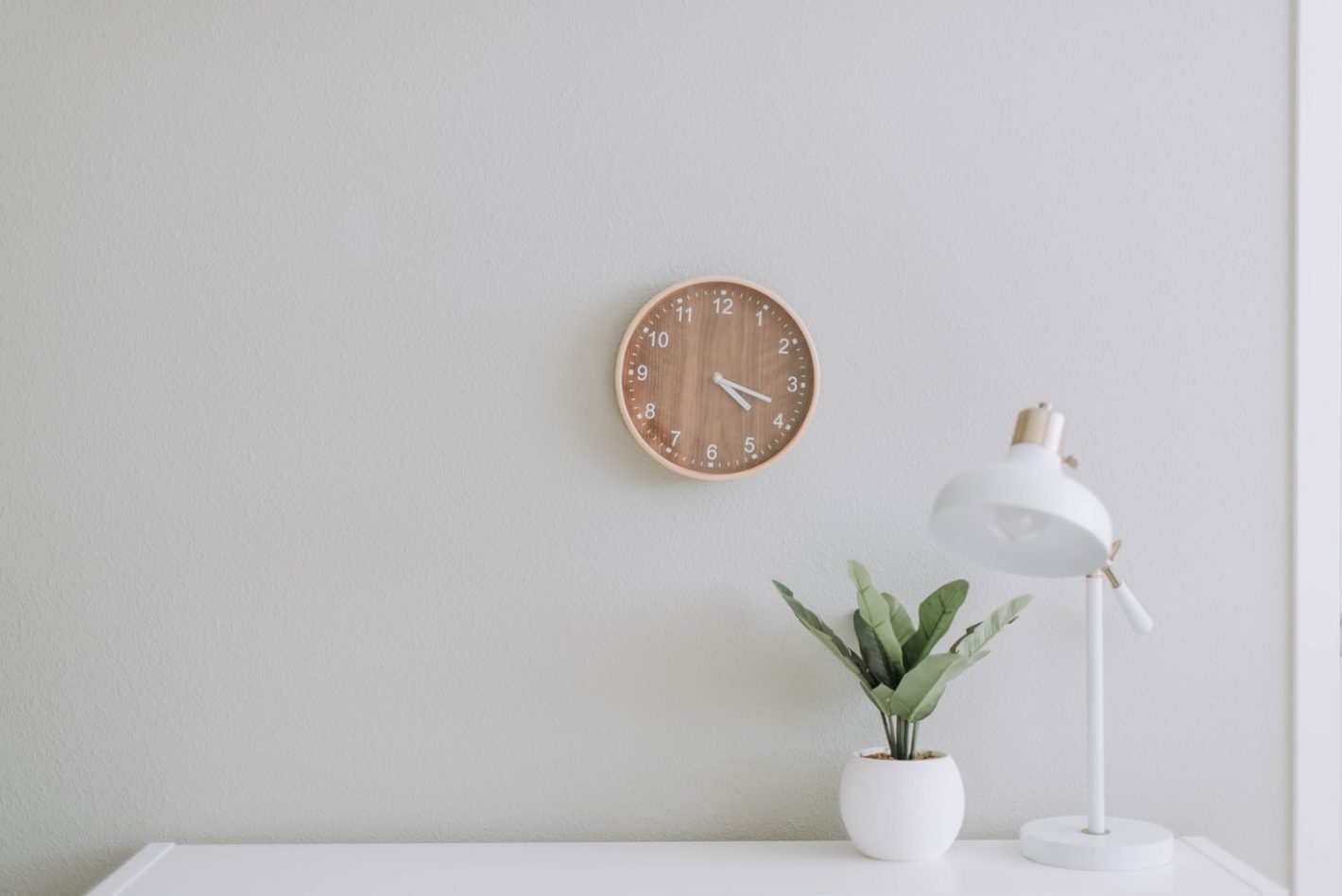The study room is a positive and relaxing space to concentrate on your tasks. Since the pandemic, we’ve all realized how important it is to take care of our work/study spaces at home. Other than a desk and a chair, other small things in a study room can improve your study space immensely.
Whether you have a large budget and a designated room, or a low budget and a tiny corner, you can easily design a study room that reflects your personality and style. That said, here’s a list of tips to keep in mind when you’re designing your study room. Check them out now!
Have a designated space
You’ll likely spend many hours in your study room, so make sure to designate a space for working and studying. Avoid working and studying on your bed or in the living room as it will distract you from finishing your tasks. Rather than having a space where you can do multiple things at a time, dedicating a space to studying can help you focus. It will also increase productivity whenever you’re studying or working from home.
Here’s a pro-tip for small homeowners: If you don’t happen to have a separate room for your study room, you can use curtains or partitions to separate a study space from the rest of the larger room.
Situate your workspace near a window
It’ll be a great idea if you can situate your work desk near a window (if you have one). Natural lighting can help ease the tension of your eyes when looking at the laptop screen. It can also keep you alert and focused during those morning study sessions. Having a window view near you means that you’ll be able to enjoy the view during study breaks, which can give you so much energy and motivation.
However, if you’re in a windowless space, you should try hanging different wall art types or adding some greenery indoors for a mood change!
Choose a comfortable desk and chair
A desk and a chair are the two most important things in your study room because you’ll be using them the most. You don’t want to spend hours working while sitting on an uncomfortable chair or cramping yourself at a desk that can only fit your laptop. So, it’s worth investing in high-quality desks and chairs that are ergonomically correct and are comfortable to use.
Pick a large desk to hold all the materials you frequently use, like your laptop, notebooks, and monitor. When you’re sitting, the desk should be as high as between your rib cage and your waist. That way, you can comfortably rest your elbows. Also, the chair should be at the right height and make you feel comfortable sitting for a long time, so take your time picking them out.
Add lamps or another lighting
Lighting is an important factor to keep in mind when designing your workspace. Adequate lighting can help prevent eye strain and headaches. You can use natural lighting during the day, but make sure you have a lamp for studying sessions at night. Rather than using colored or warm-colored light bulbs, it’s better for you to use white lighting for your lamps.
Make room for essential supplies and equipment
Your study room will feel much more organized if everything has its own place. You likely need all sorts of things for studying, from textbooks and pens to laptops and printers. Keep these items within reach of your desk and keep them organized so you don’t have to waste time finding them. Plan out what supplies or equipment you’ll need, then assign a place for each of them.
For instance, your textbooks, notebooks, and folders are stored on the shelves, pens, laptop and printer are placed on your desk. Other supplies such as colored pencils, staples, and glues will be stored in drawers. Planning everything out can help you visualize how much storage space you’ll need to keep your stationery organized.
Personalize your space
The study room is your own space, so why not make it unique by adding some personal elements? Colors can affect our moods; that’s why you should paint the room with a color that you like or that makes you feel comfortable. For some people, bright colors like red and orange get them excited and boost their energy, while others need a calming shade like beige and blue to perform. However, dark colors may make the space feel cramped and gloomy, so I recommend sticking with light colors.
You can also decorate the space however you want and add some personalized elements. Feel free to make the most of your wall space by sticking to some of your favorite posters, prints and pictures. You can even add a corkboard to pin photos of friends and families or little notes of motivation to get you through the day.
Conclusion
Designing your study room does not need to be glamorous or expensive. There are easy and simple ways to make a beautiful yet functional study space for yourself. These are just some tips to guide you through the process of decorating your study space. Try them out and let me know if you find these tips helpful!

